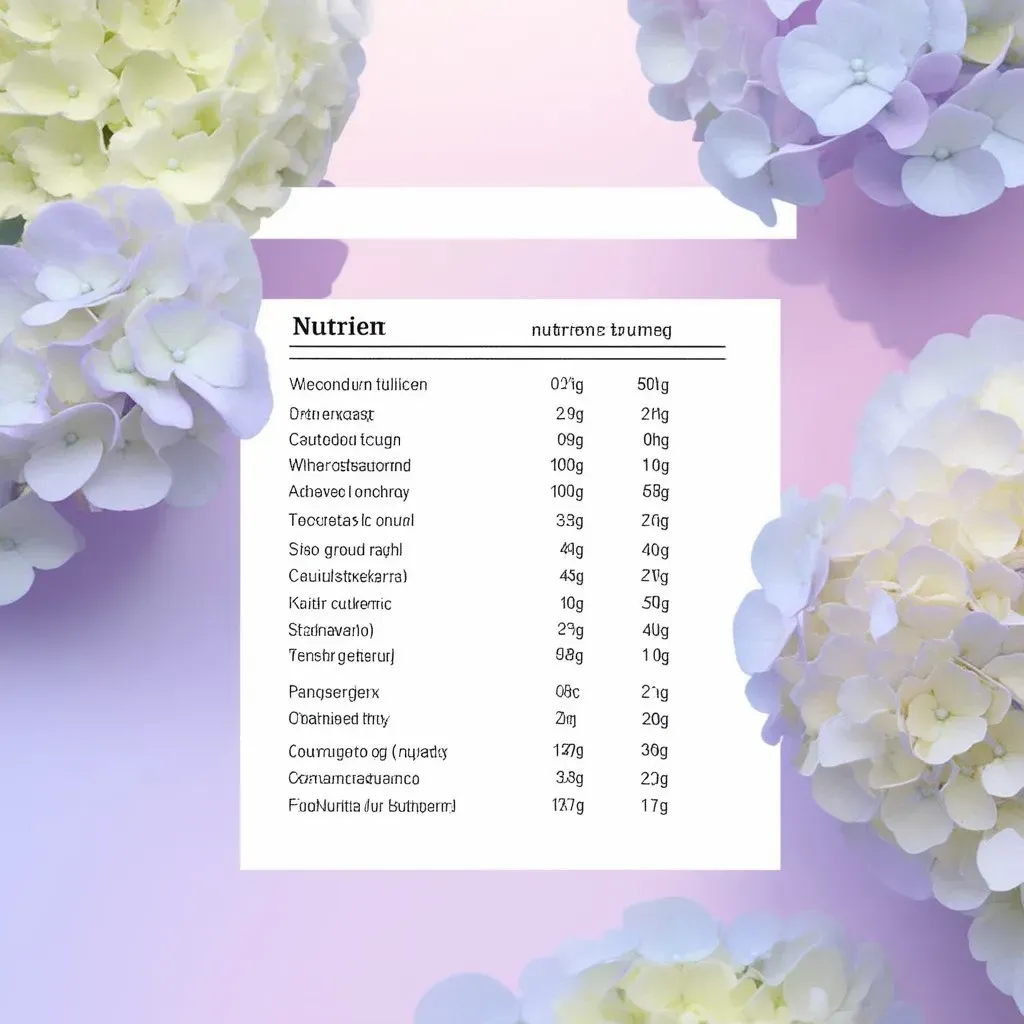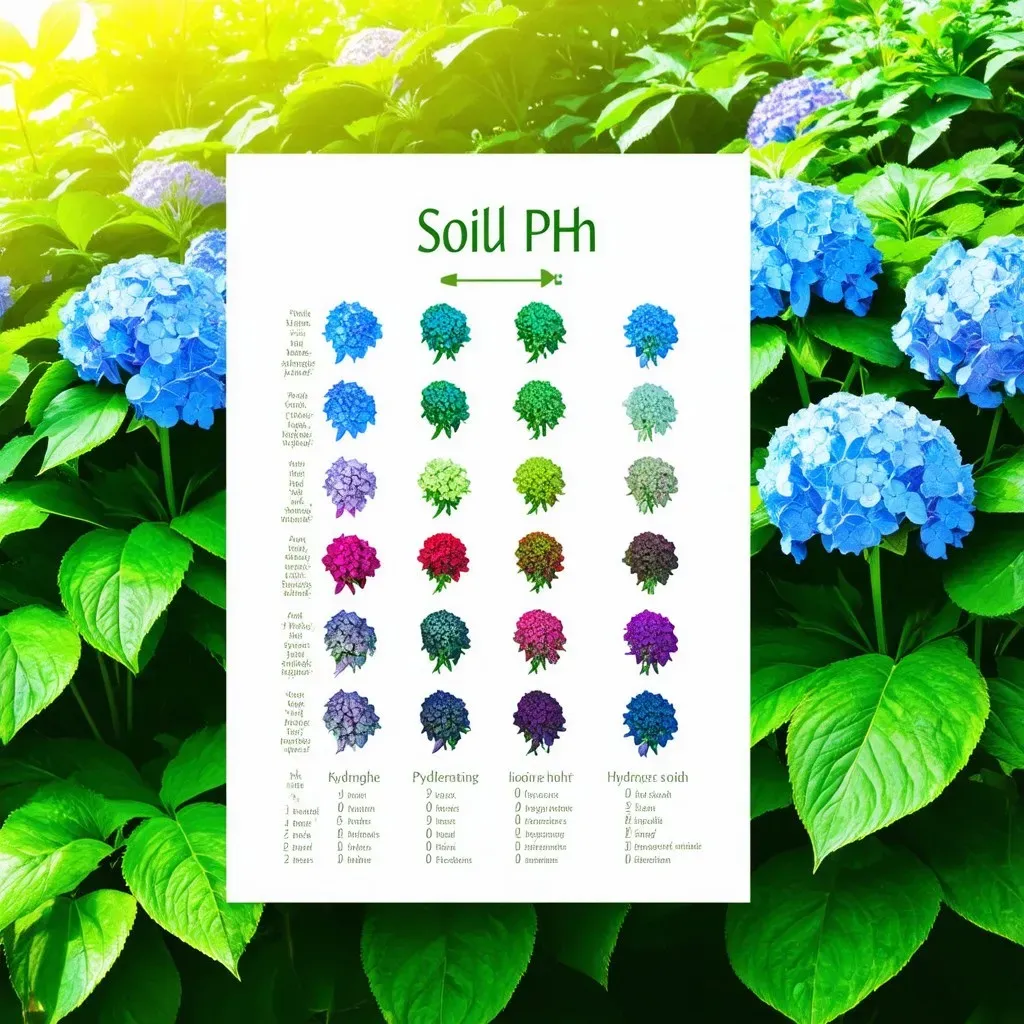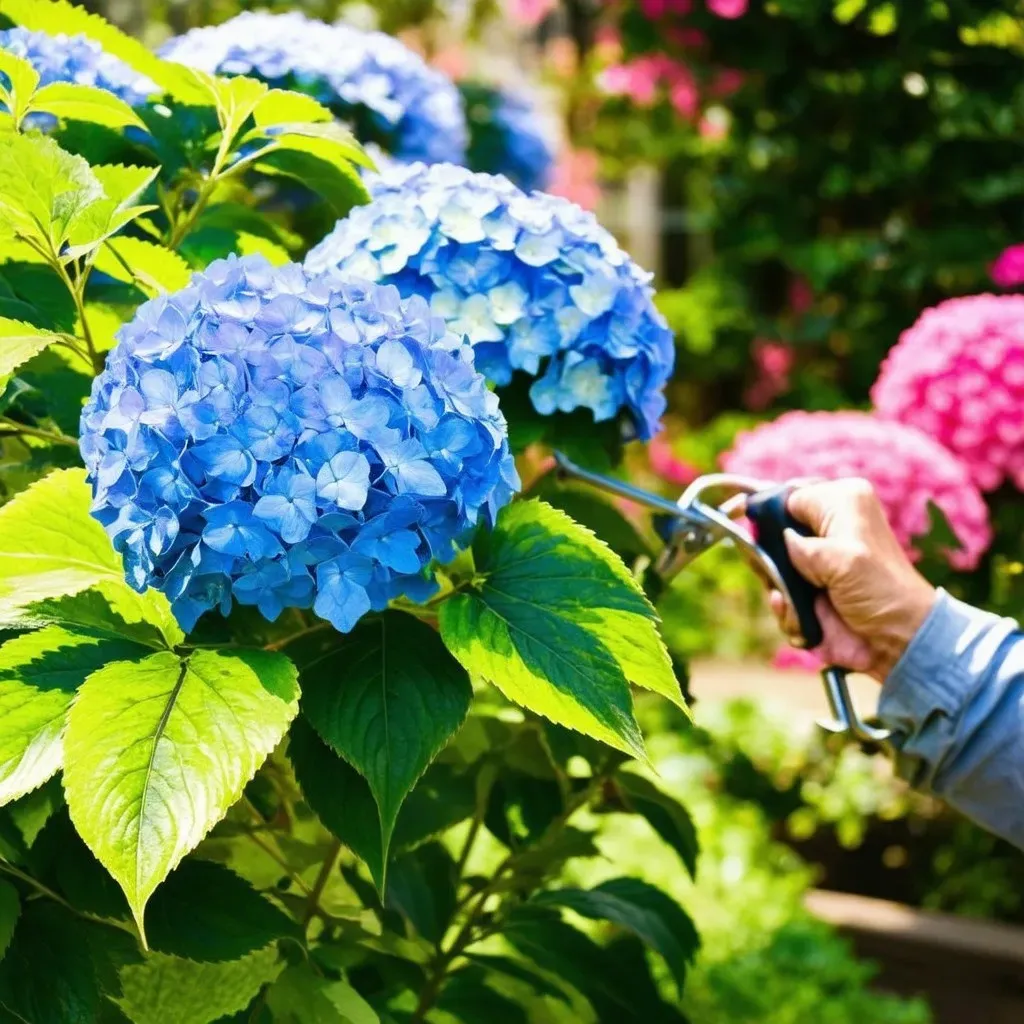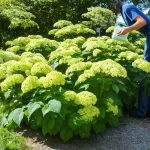Fading hydrangea blooms can be a frustrating sight for any gardening enthusiast. When your hydrangea’s vibrant blossoms start to lose their appeal, it often indicates underlying issues that need to be addressed. Factors such as nutrient deficiencies, poor environmental conditions, and soil pH can all contribute to the fading of these colorful hydrangea flowers. In this article, we will explore the reasons behind fading hydrangea blooms, offer actionable solutions, and provide tips for maintaining the allure of your hydrangeas throughout the season.
Understanding Fading Hydrangea Blooms
Hydrangeas are quintessential garden favorites, known for their stunning and colorful flowers. However, as the season progresses, you may notice that the once vibrant hues of these blooms are starting to fade. This transformation can leave gardeners questioning their care techniques and their plant’s overall health. Here are some common reasons why your hydrangea blooms may be fading:
-
Nutrient Deficiencies: A lack of essential nutrients, particularly nitrogen, potassium, and phosphorus, can result in fading blooms. Hydrangeas are heavy feeders, meaning they require a regular supply of these nutrients to maintain their beautiful flowering display.
-
Environmental Stress: Too much sun exposure can cause hydrangea flowers to become bleached or faded. Hydrangeas prefer partial shade, especially during the hotter parts of the day.
-
Soil Composition and pH Levels: The pH of the soil directly impacts the color of hydrangeas. Acidic soils (pH below 6) yield blue blooms, whereas alkaline soils (pH above 7) produce pink or red flowers. A shift in pH can lead to unexpected color changes or fading.
Nutrient Solutions for Hydrangeas
To revitalize your fading hydrangeas, it’s crucial to provide the necessary nutrients.
| Nutrient | Importance | Recommended Method |
|---|---|---|
| Nitrogen | Promotes foliage growth and bloom vitality | Fertilizer (high-nitrogen) |
| Potassium | Improves flower quality and longevity | Fertilizer (potassium-rich) |
| Phosphorus | Supports root development | Fertilizer (balanced NPK) |
You can use a balanced fertilizer every four to six weeks during the growing season to ensure your plants receive adequate nutrient support.

The Role of Sunlight
Hydrangeas thrive best in environments with filtered light. Overexposure to sunlight can accelerate the fading process of blooms. To prevent this, consider these gardening techniques:
-
Choose a Suitable Location: Plant your hydrangeas in an area that receives morning sun and afternoon shade. This balance allows them to benefit from sunlight without being stressed by excessive heat.
-
Provide Temporary Shade: Use garden structures, such as pergolas or shade sails, to protect your hydrangeas from harsh afternoon sun.
Soil pH Management
Understanding the role of soil pH is crucial for preserving hydrangea colors. As mentioned, the pH level directly impacts flower coloration.
| Soil pH Level | Bloom Color | Adjustment Method |
|---|---|---|
| Below 6.0 | Blue | Add sulfur to lower pH |
| 6.0 – 7.0 | Purple to Pink | Maintain balanced conditions |
| Above 7.0 | Pink to Red | Add lime to raise pH |
Regularly test your soil’s pH using a home testing kit or through a local extension service. Adjusting pH can help achieve the desired bloom color and prevent fading.

Common Hydrangea Problems Related to Fading Blooms
Hydrangeas can suffer from several problems that may not only lead to fading blooms but can also impact the overall health of the plant:
-
Pest Issues: Pests such as aphids, spider mites, or scale can weaken your hydrangeas, causing blooms to fade.
-
Root Rot: Overwatering or poor drainage systems lead to root rot, which can also affect flowering.
-
Temperature Fluctuations: Frequent temperature swings can hinder overall bloom development, leading to fading colors.
Preventive Care for Vibrant Hydrangeas
To ensure your hydrangeas maintain their breathtaking blooms:
-
Regular Watering: Hydrangeas prefer consistently moist soil but are sensitive to drought. Water them thoroughly when the top inch of soil feels dry.
-
Fertilization Schedule: Use a slow-release fertilizer in spring and follow up with liquid fertilization in early summer to maintain nutrient levels.
-
Pruning Techniques: Deadheading spent blooms can encourage new growth. However, be cautious of when to prune based on the hydrangea type (e.g., mophead vs. panicle).

Frequently Asked Questions (FAQ)
Why are my hydrangea flowers turning brown?
brown hydrangea blooms usually indicate either pest problems, disease (like powdery mildew), or excessive heat. Inspect your plants to identify the issue and take appropriate action.
Can I revive my hydrangeas if they’ve faded?
Yes! By addressing the factors contributing to fading—such as nutrient deficiencies and soil pH—your hydrangeas can bounce back. Adjusting care techniques can help restore their vibrant colors.
What type of fertilizer is best for hydrangeas?
Opt for a balanced fertilization formula that contains equal parts nitrogen, phosphorus, and potassium (NPK), or a formula designed specifically for flowering plants.
Do hydrangeas require a lot of water?
Hydrangeas thrive in consistently moist soil. It is vital to monitor the moisture levels, watering deeply when the soil is dry to the touch.
How can I change the color of my hydrangeas?
Adjusting the soil pH can influence the blooms’ color. Acidic soil promotes blue flowers, while alkaline conditions lead to pink blooms. Test your soil and amend it accordingly to achieve the desired shade.
To learn more details about Hydrangea Care, including maintenance and troubleshooting common issues, visit Home for the Harvest.

Fading hydrangea blooms don’t have to be the end of your gardening dreams. By understanding their needs and responding to potential issues proactively, your hydrangeas can continue to be a stunning focal point in your garden year after year.


